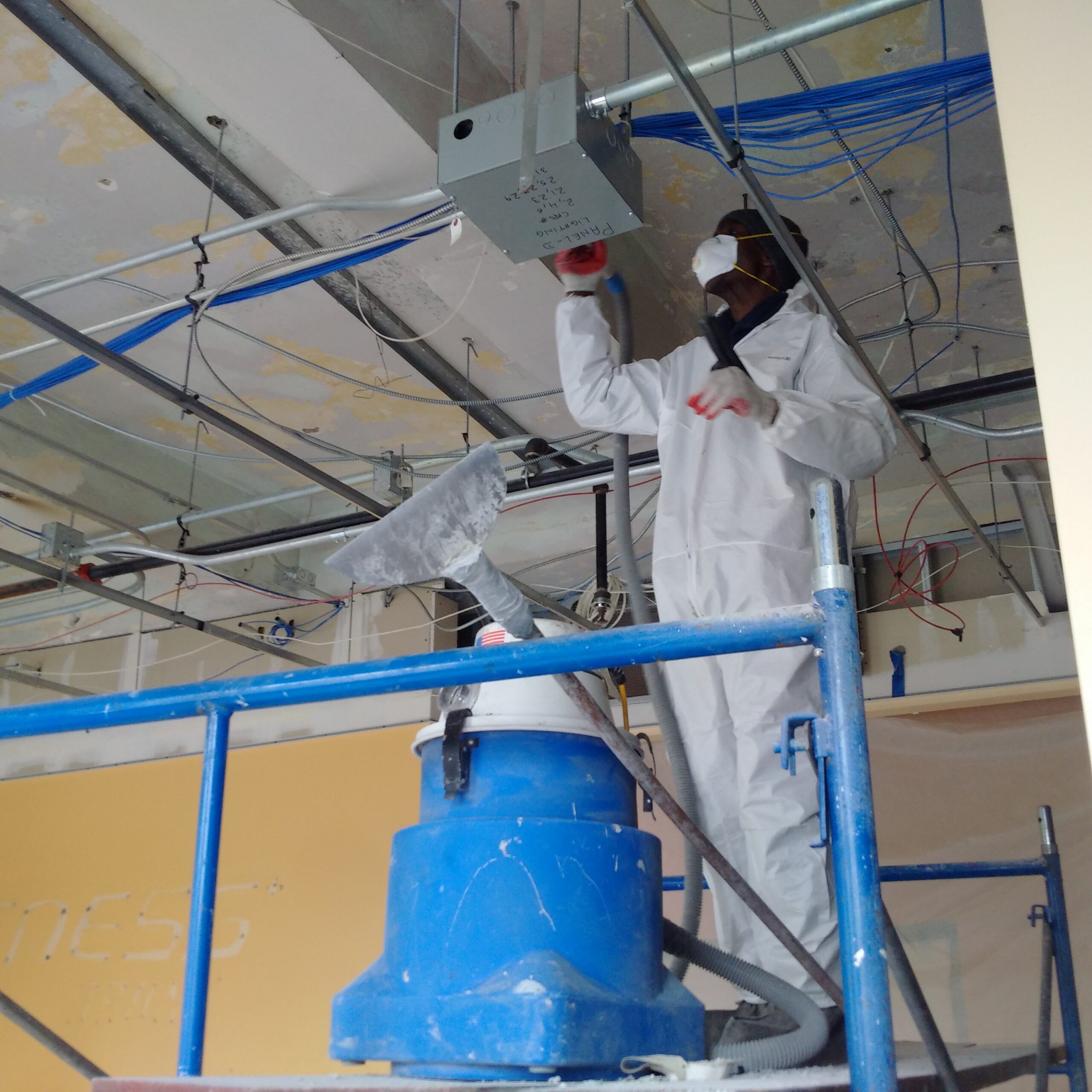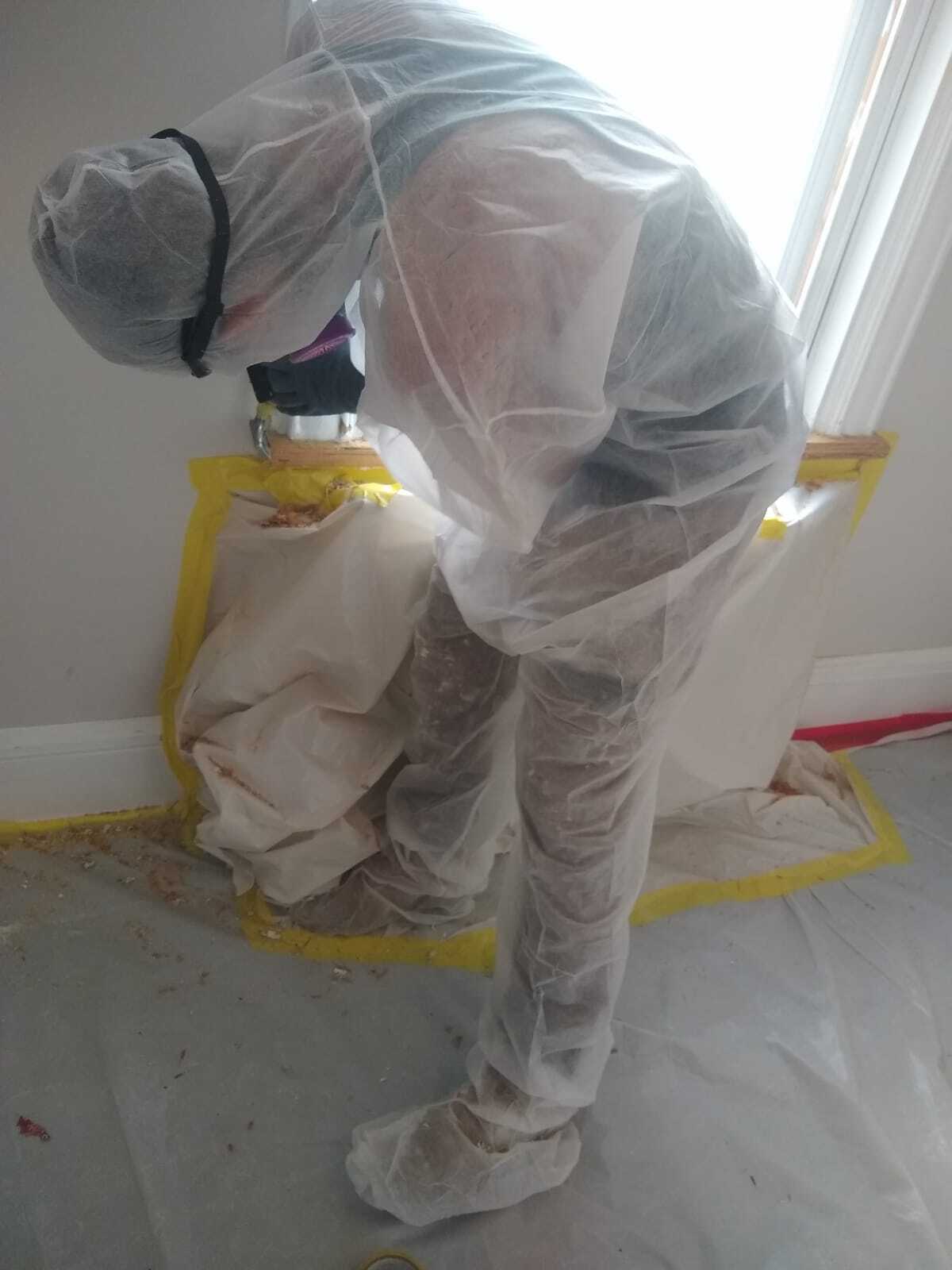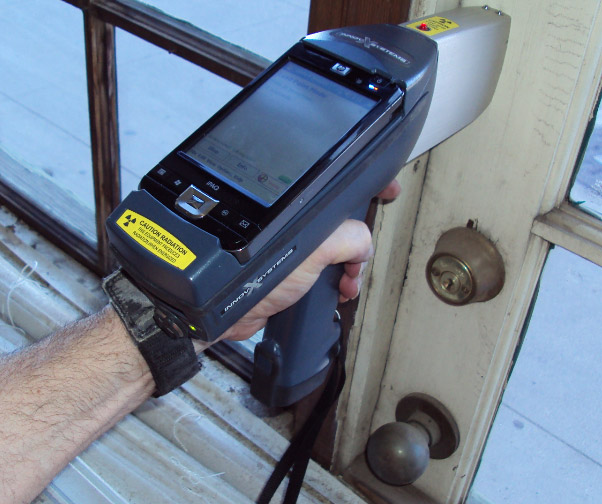Professional Lead Violation Removal in NYC-- Secure Versus Health And Wellness Hazards
Professional Lead Violation Removal in NYC-- Secure Versus Health And Wellness Hazards
Blog Article
Crucial Devices and Methods for Effective Lead Infraction Clean-up
Addressing lead infractions effectively requires a thorough method that mixes the right tools with calculated methodologies. Concurrently, the usage of specialized cleaning tools, such as HEPA vacuum cleaners and lead-specific cleansing agents, is necessary for complete contaminant removal. Efficient control methods, including plastic bed linen and adverse air pressure systems, are vital to protect against the spread of dangerous materials.
Individual Safety Equipment
Personal protective equipment (PPE) is a crucial component in the efficient management of lead contamination cleanup. The essential PPE for lead cleanup consists of respirators, safety apparel, handwear covers, and eye security.
Respirators, specifically those geared up with HEPA filters, are essential for filtering airborne lead bits, avoiding breathing. Safety garments, consisting of coveralls and disposable fits, stops lead dust from adhering to employees' garments, lowering the threat of secondary contamination.
Additionally, extensive training on the appropriate use and maintenance of PPE is vital. Workers have to be informed on wearing and doffing procedures to prevent contamination. Routine examinations and substitutes of PPE parts are necessary to preserve their safety capacities, guaranteeing a secure and compliant cleanup procedure.
Specialized Clean-up Equipment

Another important device is the wet/dry vacuum, which can successfully tidy up both dust and fluid impurities. These vacuums often come with HEPA filters to supply an added layer of security. Damp wipes or tack towels are additionally important for surface area cleaning; they are particularly created to capture and hold lead fragments, lowering the threat of spreading out contamination.
For more persistent down payments, specialized lead-removal cleaning representatives are needed. These representatives are formulated to damage down lead particles, making them simpler to eliminate. Scrub brushes with durable bristles can aid in this procedure, particularly on rough surfaces where lead dirt has a tendency to adhere much more strongly.
In addition, encapsulants are made use of to seal lead-contaminated surface areas, avoiding the release of lead dust. These specialized paints and layers are designed to abide by numerous substratums, offering a long-lasting solution for lead containment.
Effective Control Methods
Efficient control methods are important in alleviating the spread of lead contamination during cleanup tasks. Implementing durable containment approaches ensures that lead bits do not move to untouched locations, consequently securing both employees and the environment (DOH & HPD Lead Violation Removal NYC).

To boost containment, encapsulants can be put on surface areas that are not being removed or disturbed. These specialized finishings bind lead dirt, reducing its availability for resuspension. In addition, all personnel should put on ideal Individual Safety Equipment (PPE), including respirators and non reusable fits, to avoid contamination spread.
Safe Disposal Practices
Guaranteeing safe disposal methods is an essential part in the administration of lead contamination cleaning. Proper disposal reduces the risk of lead coming back the environment and jeopardizing public health and wellness. The very first step is to recognize and segregate lead-contaminated waste from various other materials. Safe and secure control using heavy-duty, leak-proof containers is necessary to protect against splilling throughout transportation.
Transferring lead waste needs adherence to rigorous guidelines. Utilizing licensed unsafe waste service providers makes sure that the materials are taken care of sensibly. Paperwork, including materializes describing the home kind and amount of waste, must accompany deliveries to track the waste from the website of origin to its last disposal location.
Designated contaminated materials disposal centers are geared up to manage lead-contaminated products safely. These centers frequently utilize sophisticated techniques such as stabilization, solidification, or chemical therapy to neutralize the lead prior to disposal. Landfilling in specialized, lined areas that stop leachate from polluting groundwater is an usual method for last disposal.
Regular training for employees associated with lead garbage disposal is crucial to preserve safety criteria and prevent unexpected exposure. By adhering to these techniques, companies can significantly minimize the environmental and health and wellness impacts connected with lead contamination.
Regulatory Conformity Tips

Sticking to regulative conformity is extremely important in the effective implementation of lead contamination cleanup. Understanding and adhering to government, state, and local policies guarantees look at this now not just the safety and health of people but also the legal and economic well-being of the clean-up company. The Epa (EPA) sets rigid standards, such as the Lead Remodelling, Fixing, and Paint (RRP) Guideline, which mandates proper certification and training for service providers managing lead-based activities.
Compliance begins with a complete assessment of suitable regulations and regulations. Organizations needs to remain updated on any kind of legislative changes, which can be facilitated via routine view training sessions and signing up for industry updates. Documents is an additional critical conformity aspect; keeping comprehensive records of all activities, including evaluation reports, staff member training logs, and disposal materializes, is crucial.
Furthermore, involving with certified lead assessors or risk assessors makes sure that lead risks are correctly identified and mitigated. Employers should apply making use of Personal Protective Tools (PPE) and make sure that safety and security protocols are purely complied with. Clear communication with stakeholders, including staff members, clients, and regulatory bodies, will certainly cultivate a society of conformity and responsibility, eventually contributing to a safer and a lot more reliable lead cleanup procedure.
Conclusion
Reliable lead offense cleanup demands the assimilation of specialized devices and critical methods to make sure safety and security and effectiveness. Making use of HEPA vacuum cleaners, specialized cleaning up agents, and reliable control techniques such as plastic sheeting and adverse air pressure systems is critical. Individual safety devices (PPE) safeguards employees from exposure, while risk-free disposal techniques and stringent adherence to regulative compliance are necessary for properly taking care of hazardous waste. Collectively, these steps substantially minimize health and wellness dangers and add to a cleaner environment.
Report this page